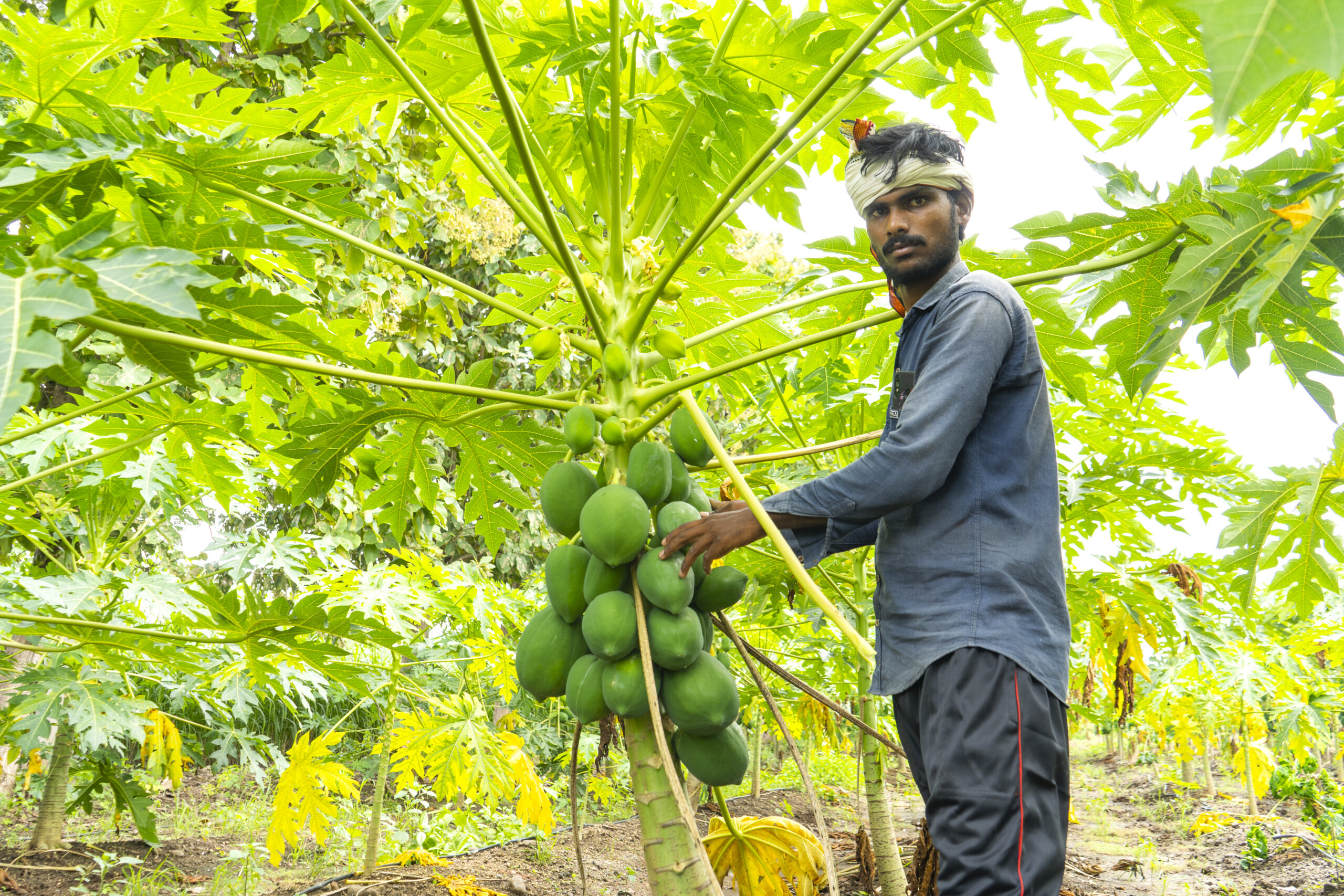Your cart is currently empty!

Papaya Gardening Tips

Papaya gardening tips can help you grow a healthy and productive papaya. There are many things you should know before planting and growing a papaya. Listed below are some of the most important factors to consider when growing your own papaya.
Planting a papaya tree
Papaya trees are very easy to grow. They are a tropical plant that likes to have plenty of sunlight and warm weather. However, papaya plants are susceptible to certain diseases and pests. Therefore, they should be cultivated with proper care.
To start growing a papaya tree, you must choose the perfect spot. It is best to plant it in an area that has a lot of sunshine and is sheltered from frost.
Papayas are quick growing plants, so you will need to give them lots of water. The best way to water them is to use a drip irrigation system.
Fertilizing your papayas can increase their health. The best fertilizers are those that have the right mix of nitrogen, phosphorus and potassium. These nutrients are important for root growth and leaf development. In addition, these nutrients can protect the papaya tree from disease and pests.
You should also use a mulch around the base of your papaya tree. Mulch keeps the roots cool and prevents weeds from forming near the trunk. Apply a thick layer of mulch at least eight inches away from the trunk.
Fertilizing papayas
Papayas are heavy feeders and require frequent applications of small amounts of fertilizer. This helps ensure that the plant is healthy and produces a good crop.
There are several types of papaya tree fertilizers. The best ones have the right ratio of nutrients to promote optimal growth. They also help keep pests away. These include nitrogen, phosphorus and potassium.
Fertilizer for papaya trees can be found commercially or made at home. Some of the more effective options are organic. Compost is a great source of these nutrients. It can also be used for mulching seedlings after planting.
Potassium is an important nutrient for papayas. This helps prevent blossom end rot and black rot on the leaves. In addition, it is essential for fruit development.
Nitrogen is another nutrient necessary for a healthy papaya tree. Ideally, it should be applied two to three times per year. A liquid form works better than a granular one.
Nitrogen should be mixed with other nutrients to ensure proper growth. When applying nitrogen, make sure it is low in phosphorus.
Pests and diseases
If you are growing papayas, you need to be aware of the various pests and diseases that can affect your crop. It is important to control the pests and diseases before they can ruin your crops.
A common pest of papayas is the pawpaw peduncle borer. It is a nematode which causes bronzing, root rot and weeds.
Aphids are small sap-sucking insects which infest under the surface of the leaves. They are green or yellow in colour. The piercing-sucking mouth parts allow them to enter the leaves and suck their sap.
These aphids are vectors of a variety of viruses. PRSV-P is spread most rapidly when aphids feed on an insecticide-sprayed plant.
Powdery mildew in papayas is caused by PMeV and PMeV2, which are two viruses which live in laticifers. The viruses promote spontaneous latex exudation.
Symptoms of powdery mildew in papaya are dark spots on the foliage and pods. In severe cases, the leaves may become distorted and fall off.
Harvesting papaya fruit
In order to harvest papaya fruit successfully, you must know how to grow and cultivate the plant. This fruit is a heavy feeder and needs good soil and rich moisture to thrive. A good papaya tree will grow up to eight feet tall. It will produce a good amount of fruits, from 60 to 80 pounds per tree over a 12-month period.
Plant papayas in well-drained soil with a pH of 4.5 to 8.0. They prefer tropical climates, particularly in Central and South America. During the dry season, water your plant regularly to encourage strong growth. Papayas can rot if the soil is too wet or too dry.
When planting papayas, remember to make sure that they are at least seven to 10 feet away from other plants and buildings. You should also avoid planting them in clay-rich soil, as it can inhibit nutrition uptake.
Whether you’re growing papayas from seeds or plants, you will need to mulch the base of the tree with organic material. If you’re growing the papaya in a pot, use a slow-release balanced fertilizer.
by
Tags: